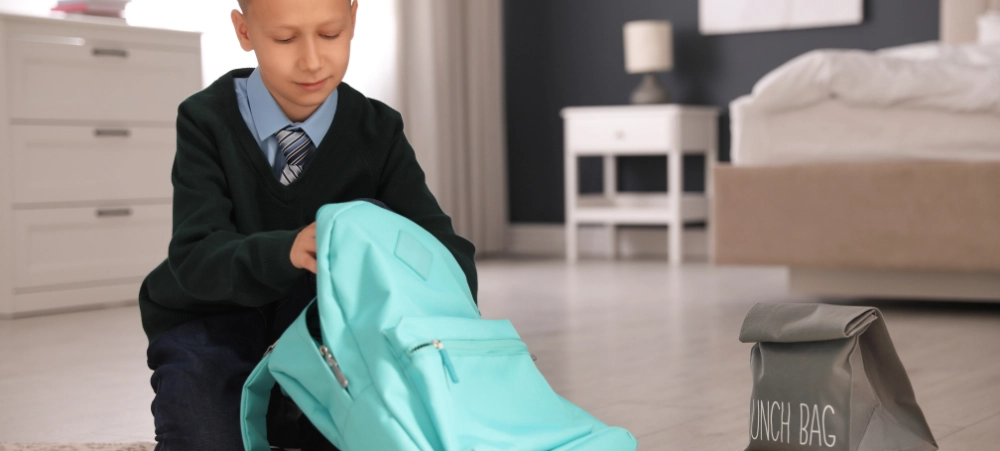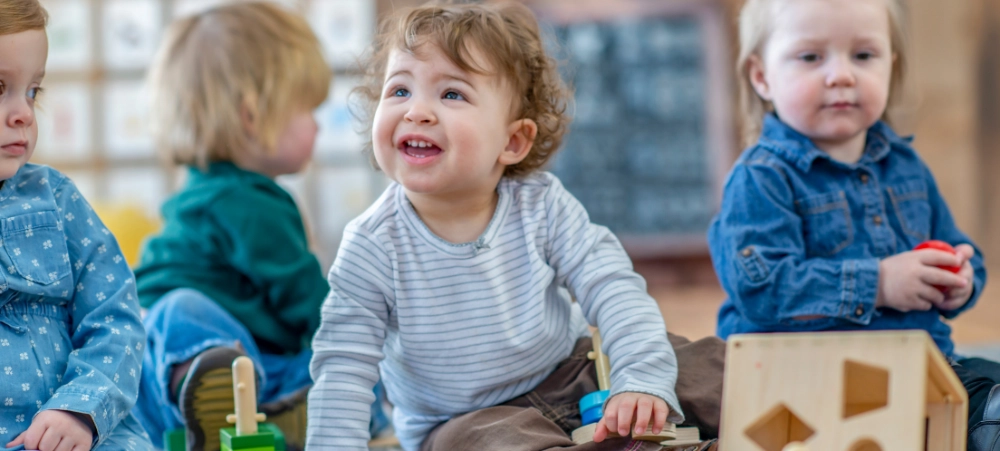
Building a Morning Routine That Reduces Chaos
Mornings can often feel like a race against time, especially when you have young children. The hustle to get everyone dressed, fed, and out the door can leave you feeling stressed before the day even begins. However, creating a structured morning routine can be a game-changer, reducing stress and ensuring that everyone starts the day on the right foot. Here’s a guide to help you build a morning routine that fosters calm, productivity, and connection with your family. Why a Morning Routine Matters A well-organised morning routine sets the tone for the rest of the day. It can help your family feel more prepared, reduce decision fatigue, and minimise the chaos that often comes with rushed mornings. A predictable routine gives everyone—especially young children—a sense of security and clarity, helping them know what to expect. Step 1: Plan Ahead the Night Before The key to a smooth morning often lies in the preparations made the night before. Setting aside time in the evening to prep for the next day can significantly reduce stress when you wake up. What to do the night before: Step 2: Wake Up Early (But Not Too Early) It can be tempting to hit the snooze button, but waking up just 15 to 30 minutes earlier than usual can make a significant difference. By getting a jump-start on your day, you’ll have a little quiet time to yourself before the rest of the household wakes up. Benefits of waking up earlier: Step 3: Establish a Consistent Wake-Up Time Consistency is key when building any routine. Try to wake up at the same time every day—even on weekends. A predictable wake-up time helps regulate your family’s internal clocks, making mornings smoother. Step 4: Create a Calm and Positive Atmosphere The way you start the morning matters just as much as the tasks you accomplish. Creating a calm, positive atmosphere will help everyone feel more relaxed and less rushed. What you can do: Step 5: Build a Simple, Predictable Morning Routine for Your Kids If you have young children, a predictable sequence of activities in the morning can help them transition smoothly from sleep to the busyness of the day. Morning tasks to include: Step 6: Allow Time for Unforeseen Events Even the best-laid plans can go awry. Build in a buffer period to accommodate for any surprises or delays that may pop up. Tips to manage the unexpected: Step 7: Set Realistic Expectations While it’s important to have a routine, it’s equally important to set realistic expectations. Every day will be different, and some mornings may not go as planned. Try to avoid placing too much pressure on yourself and your children. How to manage expectations: Step 8: Review and Adjust Regularly Building a morning routine is an evolving process. Over time, review how your routine is working and adjust accordingly. Tips for improving your routine: The Bottom Line Building a morning routine that reduces chaos requires some effort, but the benefits are well worth it. A structured morning can help your family feel more relaxed, organised, and connected, even during the busiest days. By planning ahead, setting consistent wake-up times, and fostering a calm atmosphere, you can create mornings that are stress-free and enjoyable for everyone.



































